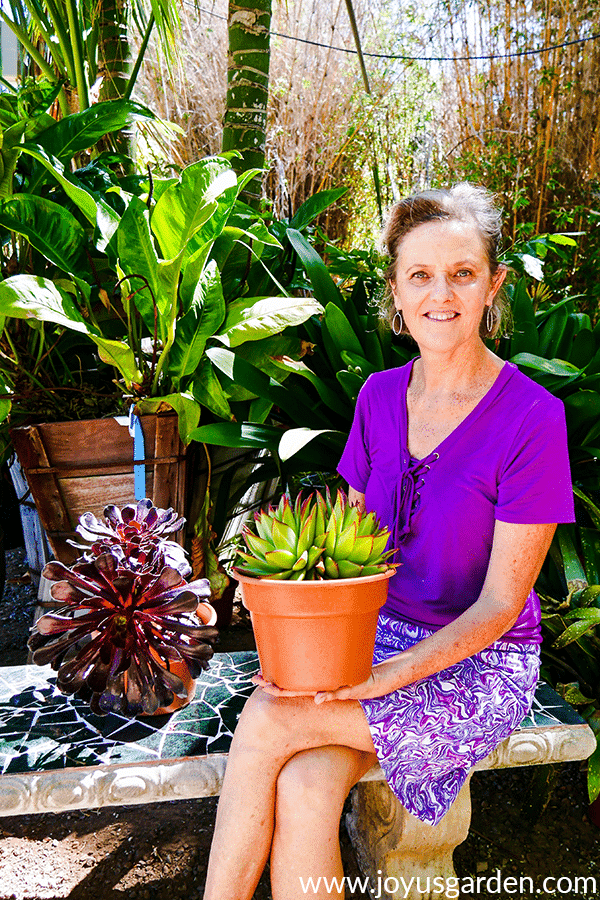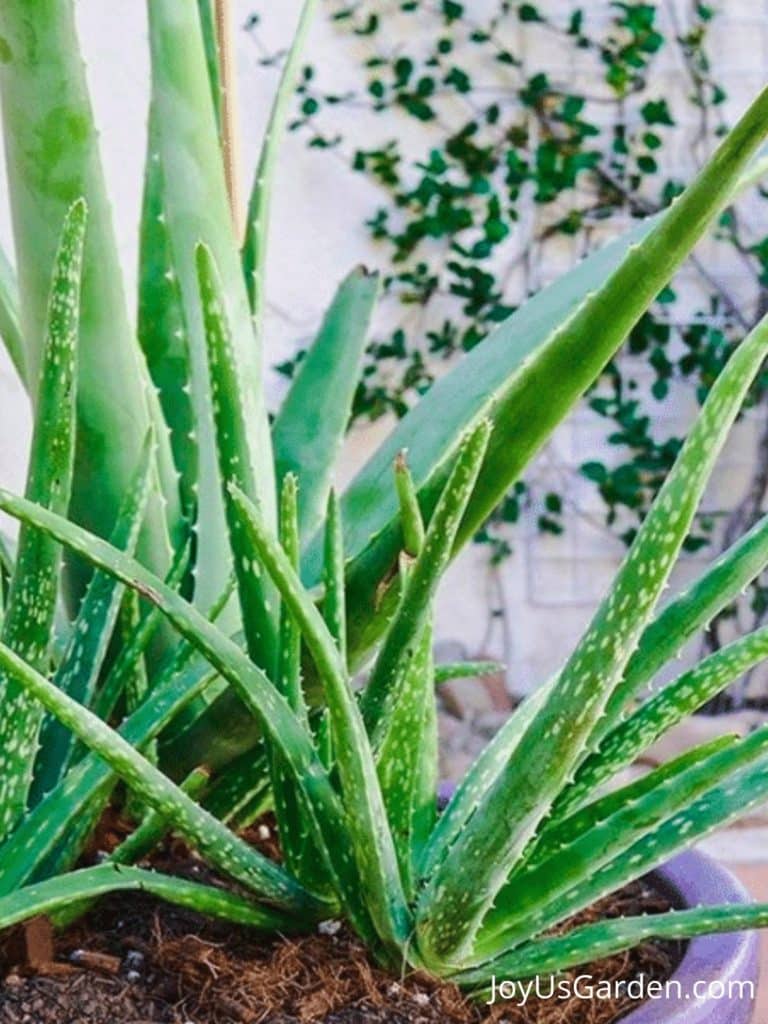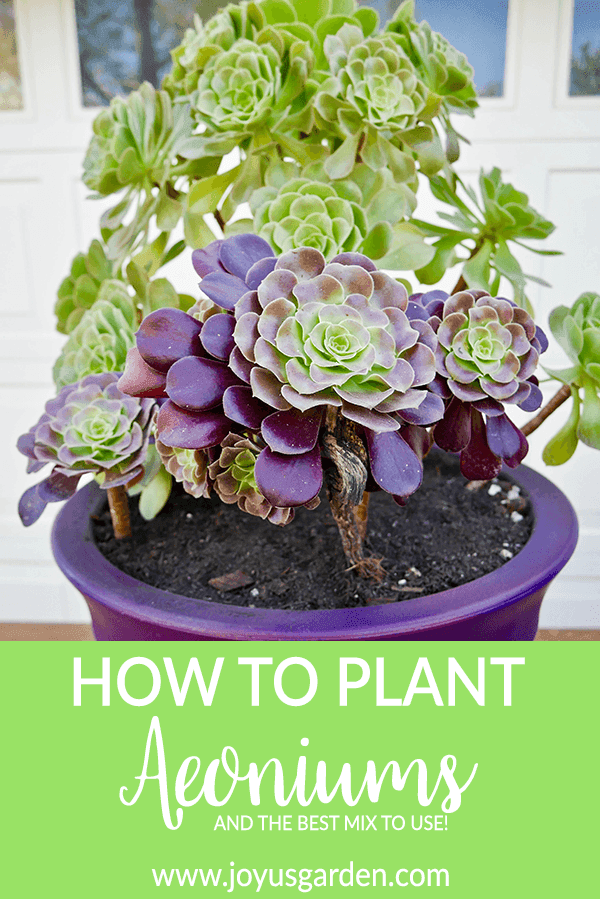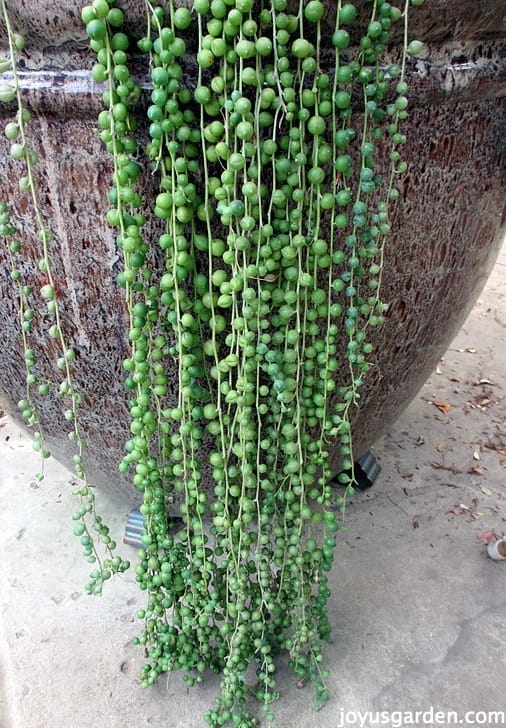Indoor Succulent Plants: Choosing Succulents & Pots
This is the first post in a 3 months series about growing and caring for succulents as houseplants. I’ve grown them both indoors and outdoors for many years now. There’s no better way to kick this whole thing off than to talk about choosing indoor succulent plants along with pot and planter options.
I experiment with growing different succulents indoors. But, I now live and have lived in places where they’re readily available and inexpensive. The same may not be the case for you and I aim to save you some bucks and heartache when it comes to buying and keeping your fleshy friends alive.
What succulents should you buy?
If you’re buying succulents online, many sites have a helpful category to look under. Leaf & Clay has a “low light” category, Succulents Box an “indoor”, Altman’s an “indoor/outdoor” and Mountain Crest an “indoor”. Even if you’re buying locally you can use them as references to help you make your choices.
Succulents suited to grow in low light will do best in your home. Unless you have a lot of windows with a lot of natural light streaming in, stick with these plants.
Do a little research to see how the succulents will grow. Some stay lower (the rosette forms), some get taller, some spread by producing pups, some get leggy, and/or some trail. It may not matter to you now, but ultimately it might in terms of pot size and location.
Succulent plants & pots at my work table:
Want to learn more about how to care for succulents indoors? Check out these guides!
- How to Choose Succulents and Pots
- Small Pots for Succulents
- How to Water Indoor Succulents
- 6 Most Important Succulent Care Tips
- 13 Common Succulent Problems and How to Avoid Them
- How to Propagate Succulents
- Succulent Soil Mix
- 21 Indoor Succulent Planters
- How to Repot Succulents
- How To Prune Succulents
- How To Plant Succulents In Small Pots
- Planting Succulents In A Shallow Succulent Planter
- How to Plant and Water Succulents in Pots Without Drain Holes
- Indoor Succulent Care for Beginners
- How To Make & Take Care Of An Indoor Succulent Garden
How to Choose the Right Succulents to Purchase
When buying online, you get what’s sent to you. If you’re buying your indoor succulent plants in person, you can be picky. We all want healthy plants from the get-go of course! Here are a few things to look for – check for a plant with:
Not a lot of dead or broken leaves
A dead leaf or 2 at the base is okay (it’s the nature in which they grow) but you want to avoid too many. It could mean the plant has been damaged or not taken care of properly.
As few broken leaves as possible. Succulent leaves can break easily so be careful when you’re transporting your plants home.
A full, nice form
Many succulents grow slowly, especially indoors, so pick one that has a good all-around shape. Those with multiple stems in one pot tend to grow fuller.
No sign of insects
Especially mealybugs. Plants usually come clean from the growers, but it’s good to check anyway.
That the soil isn’t wet & mushy
Saturated soil may dry out too slowly when you take it home and the succulent won’t recover. This is especially true at places like Home Depot, Lowe’s, and Trader Joe’s where they usually pack the plants in like sardines, display them in lower light levels, and water them frequently.
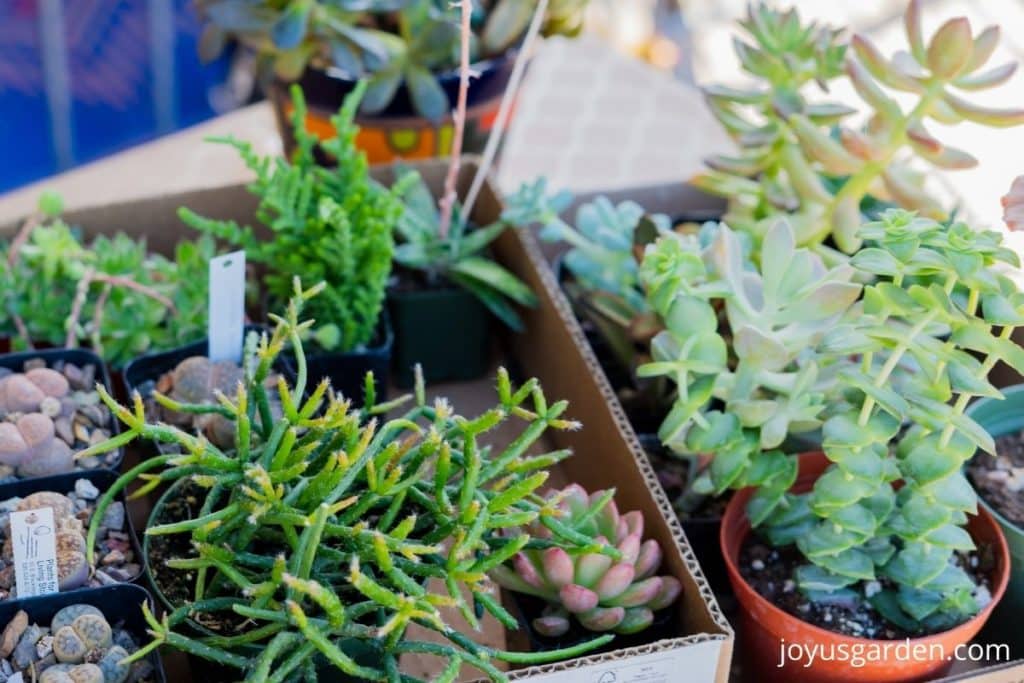
I’ve been growing most of my fleshy succulents outdoors year-round here in Tucson. Last summer we experienced record heat well into October and even though I grow mine in shade here, many bit the dust. I miss my abundance of fleshies and am focusing my succulent addiction on indoor gardening.
My new home has lots of windows and bright light streams into every room. I’ve bought an assortment of succulents which I’m confident will do well. You’ll see me planting, pruning, and propagating them in upcoming posts and videos. At least they won’t need watering as often nor a humidity boost like my many tropical houseplants.
Best Succulents for Beginners
Here’s my list of best indoor succulents to consider if you’re a beginning gardener: String Of Bananas, Aloe Vera plant, Haworthias, Christmas Cactus, Hens and Chicks, Burro’s Tail Sedum (be careful, their leaves fall off in a heartbeat!), Flowering Kalanchoes, Calandivas, Jade Plants (there are a few varieties to choose from), Elephant Bush, Gasteria and Panda Plant. Poinsettias should earn a temporary seasonal place on the list because they are widely grown every holiday season but many don’t know they’re succulents.
Pots for Succulents
Onto pots – you will need something to grow your fabulous succulents in after all. They can either stay in a grow pot and be placed in a decorative pot, or be planted directly in the decorative pot. I do both on the regular.
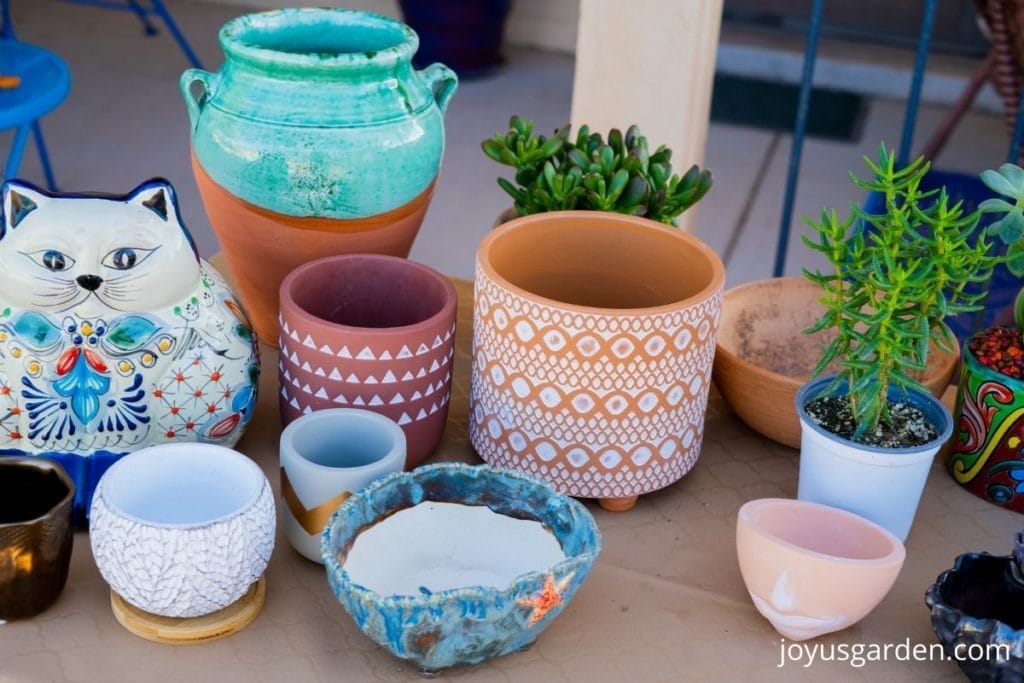
It’s best if the pots have at least 1 drain hole. Succulents store water in their roots, stems, and leaves and they need the soil to have good drainage to do their best. You don’t want any water to build up in the bottom of the pot because this can lead to root rot.
I recommend that beginning gardeners start with pots that have drainage holes. You might find that really cute pot with none, so you have a couple of options. You can drill holes in the bottom of the pot (I’ve never broken a pot doing this but then again, I’ve never tried it on one I really love!) or you can plant and water it in special ways. I’ve done a post on this and have another one coming up in a few weeks.
When it comes to pots for indoor succulent plants, I say almost anything goes. Most succulents are suited to growing in smaller pots. They don’t have extensive root systems and can grow tight in their pots. One exception would be the Pencil Cactus – it grows tall and fast. They need a larger base to anchor the plant as it grows and gets heavier.
Small succulents growing in larger pots can rot out. The pot holds more soil mass that in turn can hold excessive moisture and not dry out quickly enough in between waterings. Be mindful of this when you choose a pot.
Long, low planters are great for groupings of succulents. We’ll be doing quite a few posts on various pots and planters for succulents that you can buy in the next couple of months so head’s up on that. Of course, there will be planting posts and videos coming up too!
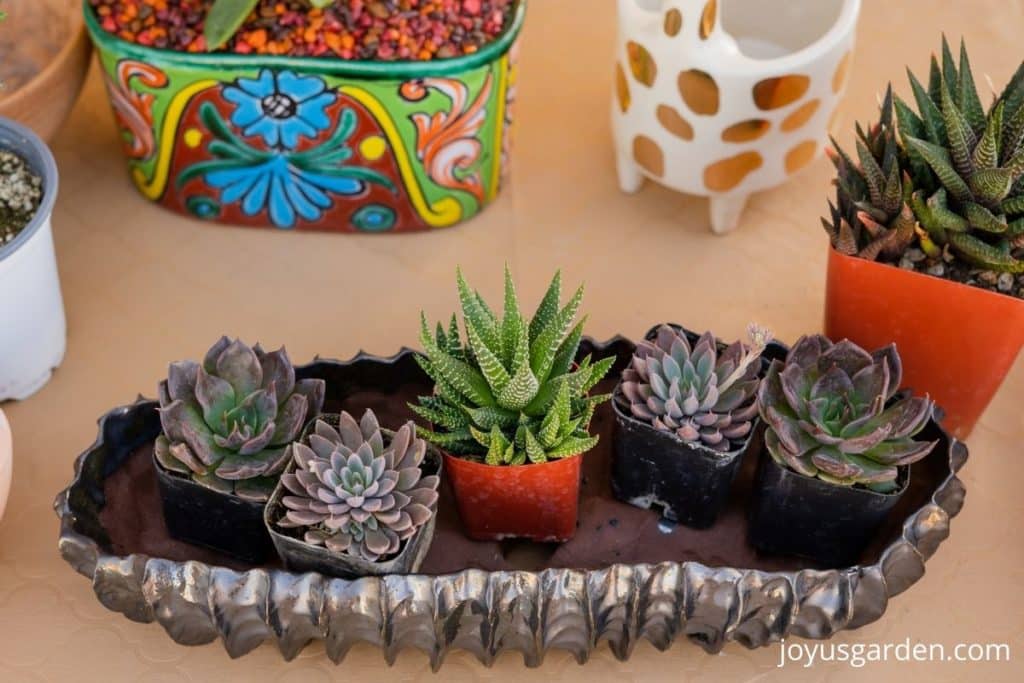
As to planter material, succulents aren’t fussy. They can grow in plastic, metal, ceramic, or terra cotta. I love the look of succulents in terra cotta or clay pots – they suit each other to a T!
One thing you might want to take into consideration is that unglazed ceramic pots and terra cotta pots are porous. This means they’ll dry out a bit faster. This is good if your succulents are in lower light levels and/or your house stays cooler.
I have a lot of posts coming up on their care, pruning, propagation, and planting. I hope this has given you a few things to think about when choosing indoor succulent plants and planters. For now, you can learn more about succulent care here!
Happy gardening,


